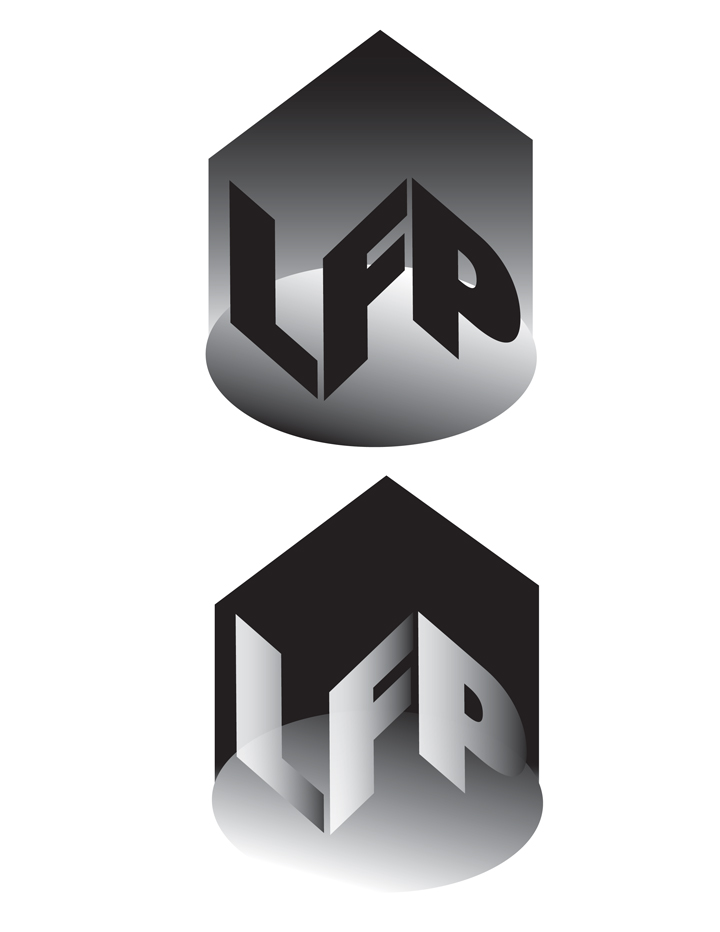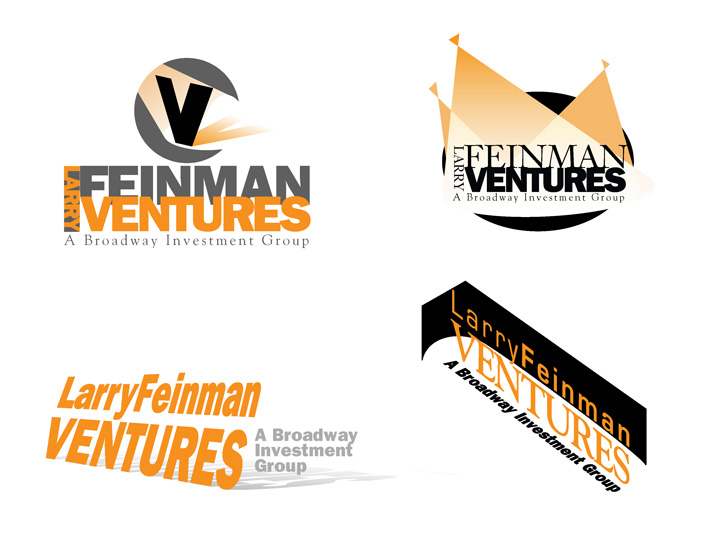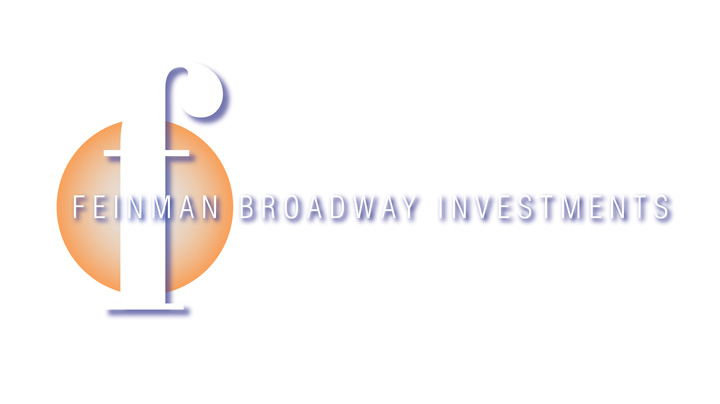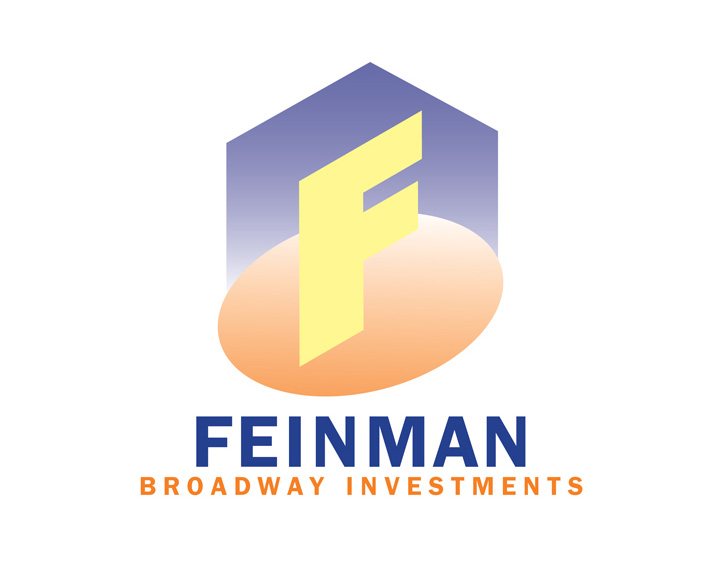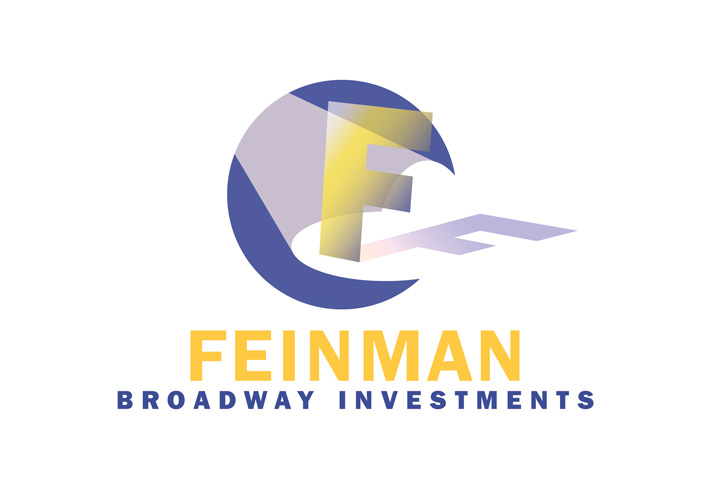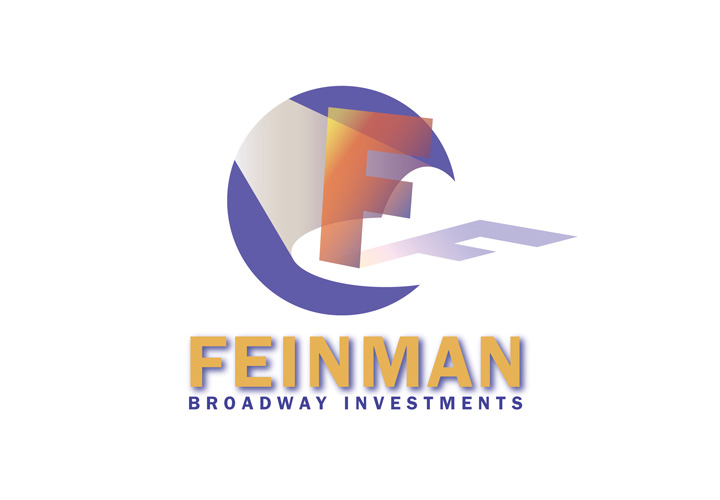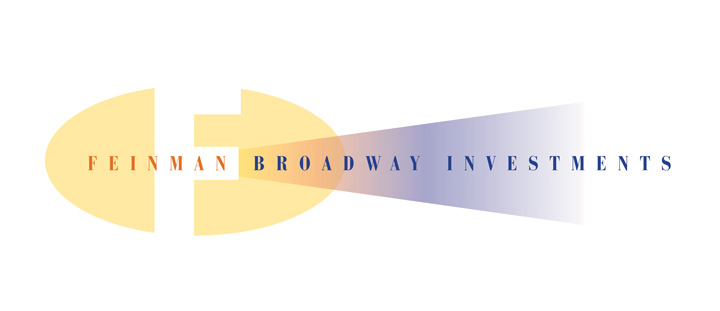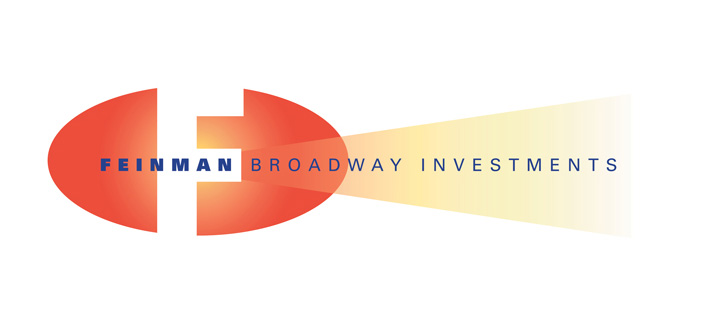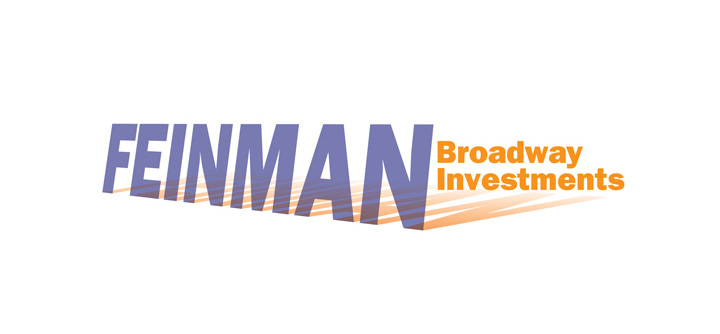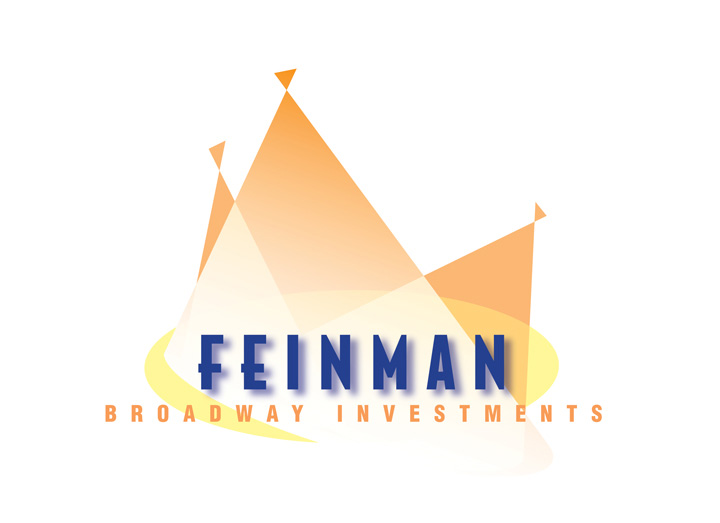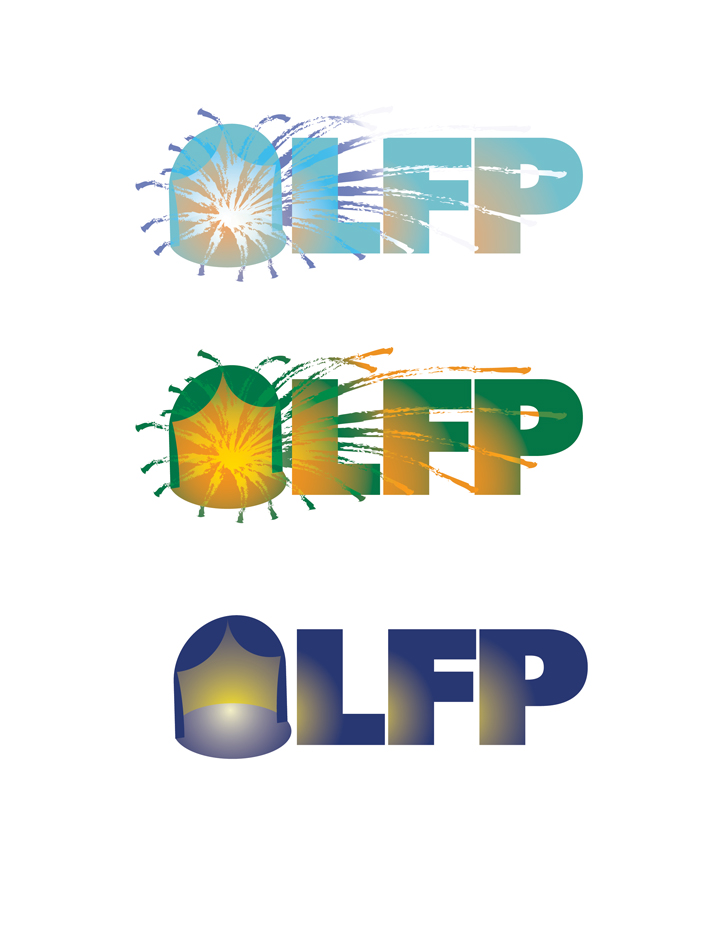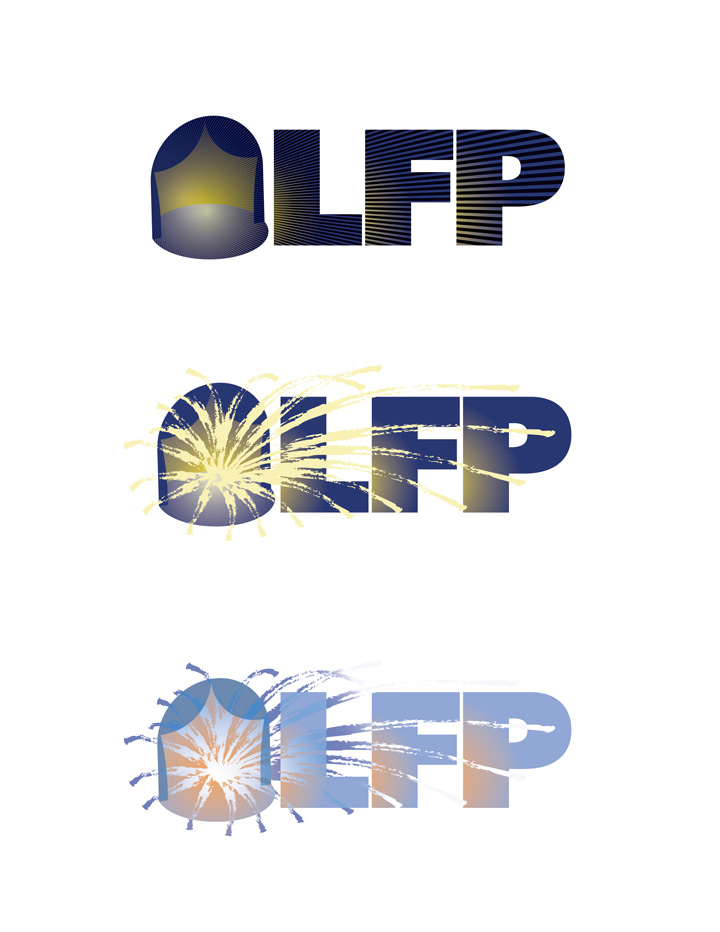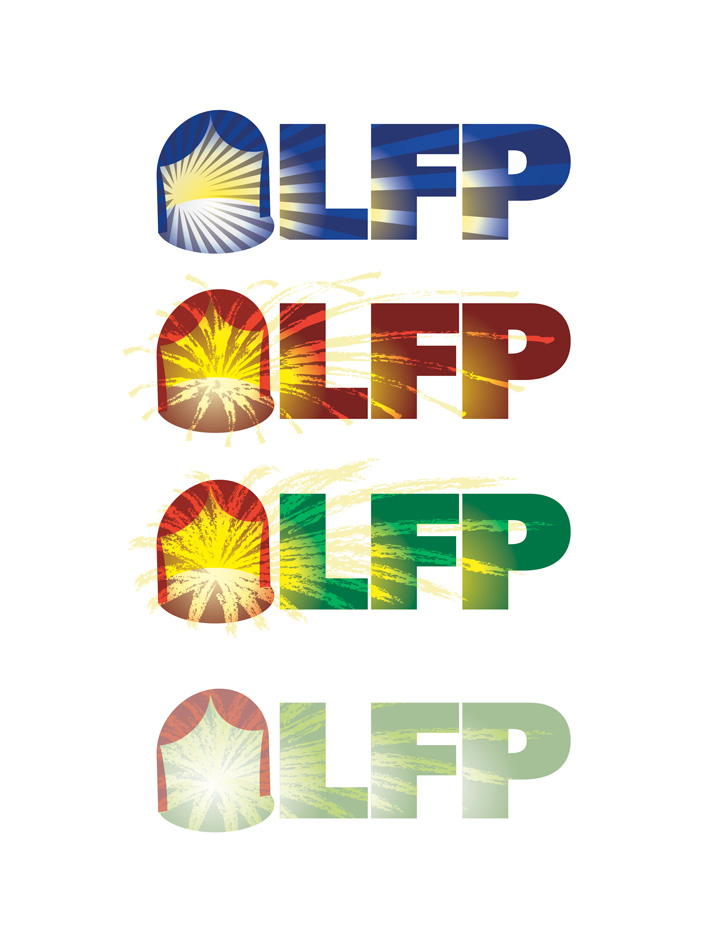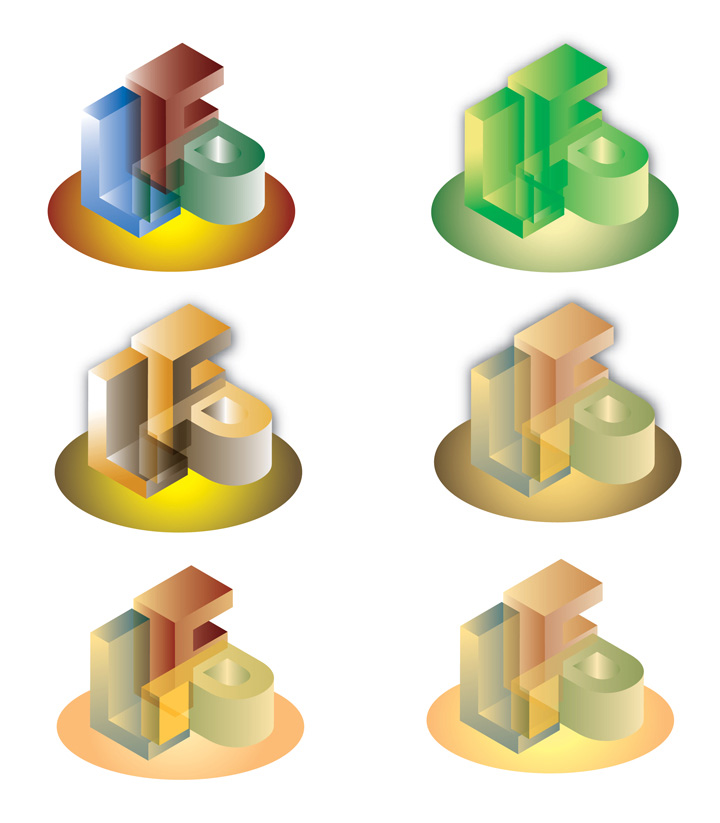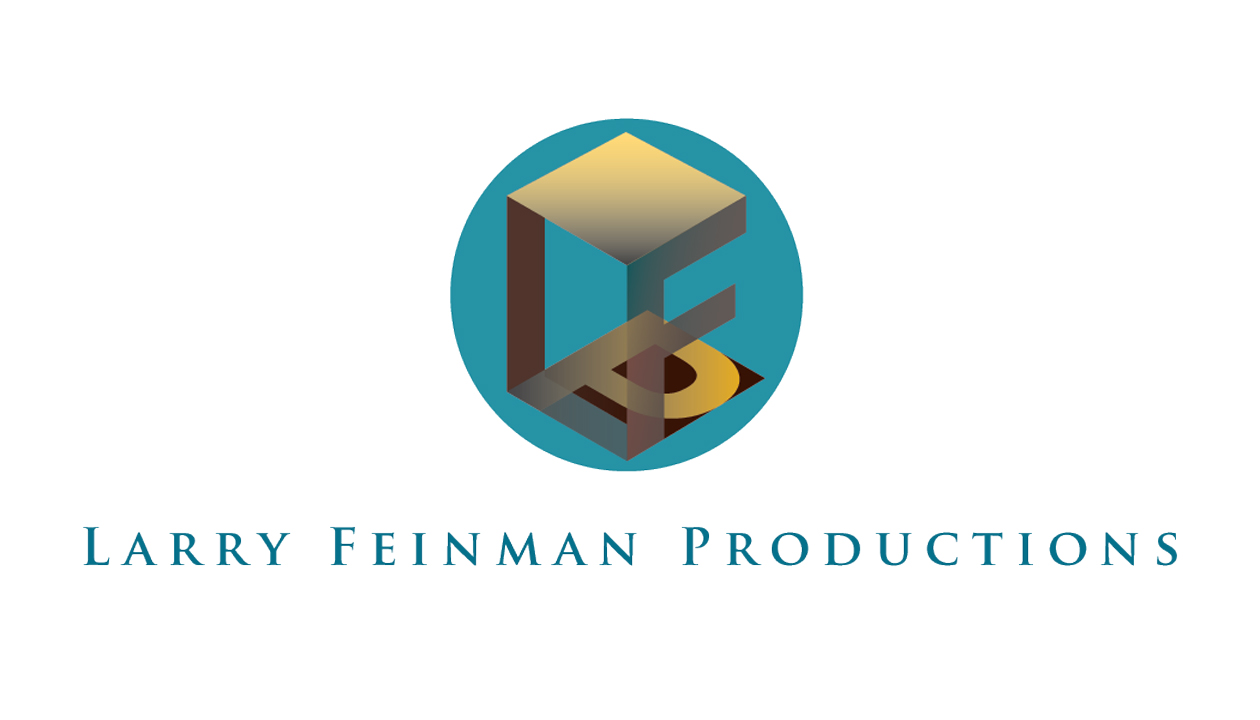CASE STUDY
Larry Feinman Productions: Logo / Identity
My client, Larry Feinman, was in the early stages of starting a business of producing plays for Broadway and off-Broadway theatre and attracting potential investors. When Mr. Feinman approached me about designing a logo, he didn’t offer any specific direction on what he wanted in terms of concept or style, aside from mentioning that he envisioned something in the tradition of old Broadway. In addition, he had not yet decided on a name for his nascent production company. The lengthy process of arriving at a logo involved my coming to understand the client’s sensibilities gradually through exploration and listening.
Over the course of the design process, three different names were considered at different times:
1. Feinman Broadway Investments
2. Larry Feinman Ventures: A Broadway Investment Group
3. Larry Feinman Productions
I realized that my ongoing design challenge would be to present the client with logo sketches based on the changing names. I believed that by seeing the various name considerations presented as actual logo possibilities, Mr. Feinman could weigh his choices visually, react to what he liked and didn’t like, and ultimately use the process to help him determine which name he wanted. Each round of sketches also allowed me to introduce concepts, observe the client’s response to them and explore his preferences.
I fashioned the first set of logos around obvious themes of the theatre stage and the process of building a theatre production. For instance, a number of my early sketches expressed recognizable elements of the theatre: spotlights and footlights, theatre marquee, the open curtain and set construction. Some reflected the showy look of show business; others, a more corporate/business look. I always worked to deliver concepts in sync with whatever company name Mr. Feinman was considering at the time.
We had several meetings that involved reviewing logo sketches and discussing possible directions, but Mr. Feinman remained unattached to any of the solutions I’d presented. I was still trying to elicit more information from him about what designs did and didn’t resonate with him and why. In casual conversation after one such meeting, he spoke about his travels to Japan and his deep interest in Japanese culture and design. He then showed me several examples of Japanese markings he’d collected — symbols and decorative crests — that appealed to him for their simplicity and boldness.
I observed that many of these markings were in the shape of a circle or were contained within a circle. What I immediately recognized about them was that they had the graphic boldness and clean, strong, hard-edged lines that very much reflected logo design from the 1970s and 1980s. This style is quite distinctive from that of more-current identity marks, many of which have characteristic software-enhanced features. At last, here was my “Aha!” moment in the creative process.
At our next meeting, I presented new logo sketches for Larry Feinman Productions, the name the client had initially favored and seemed to be rounding back to as his choice for his business enterprise. I applied qualities of the Japanese markings to the initials of the company, LFP. Conceptually, these sketches said less about the stage than did the earlier solutions. Instead, they communicated in a more abstract way building or putting together a production. The sketch that most appealed to Mr. Feinman, and which he selected as his logo, had a decidedly corporate look, with the classic strong lines characteristic of an earlier period but incorporating color mixes made possible by today’s software.
My job as designer and art director of this project was to find the right balance of the creative and the practical to achieve these three goals: express the nature of the client’s business, satisfy the client’s desires and sensibilities, and ensure design integrity in the solution.
Mr. Feinman was very pleased with the final result.
Below are some examples of sketches I offered over the course of the logo design process. They present the concepts and company names under consideration during various stages.
More Case Studies To Come

